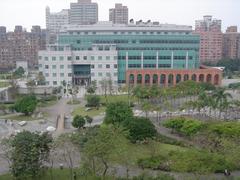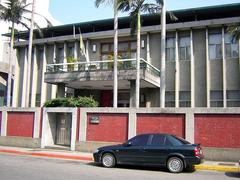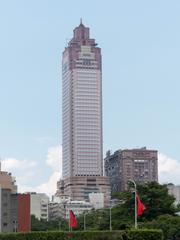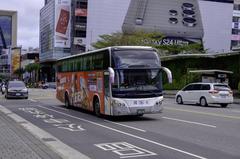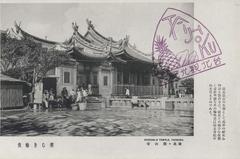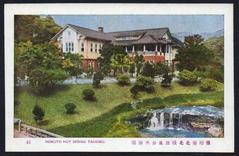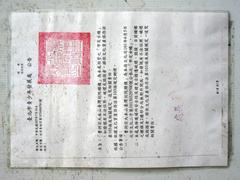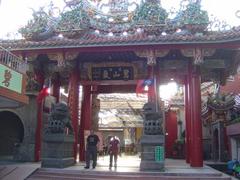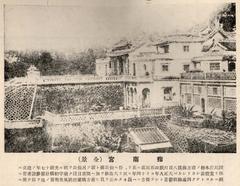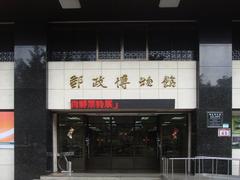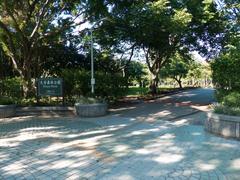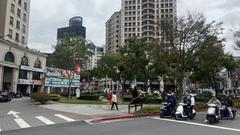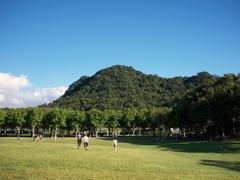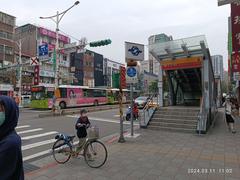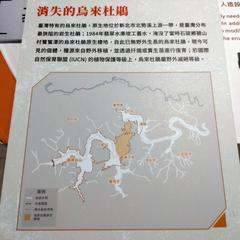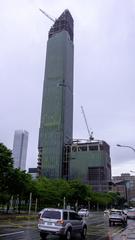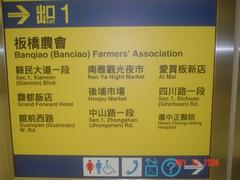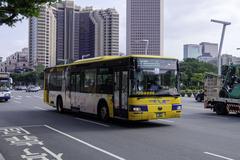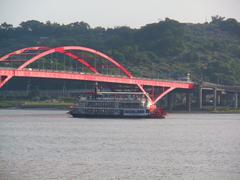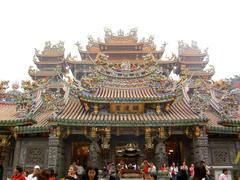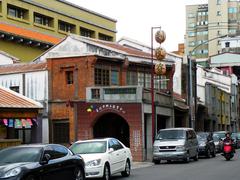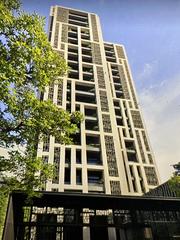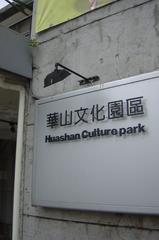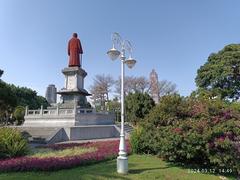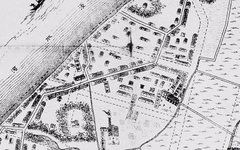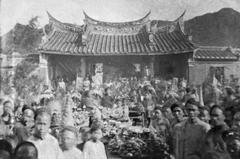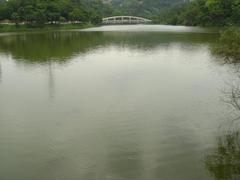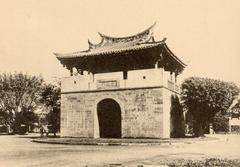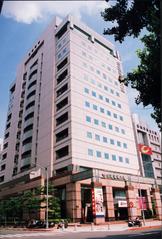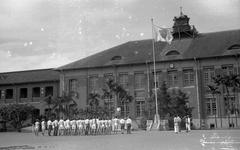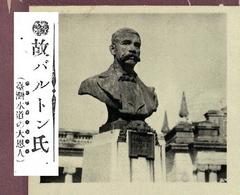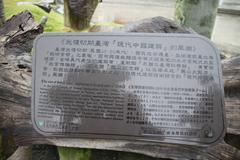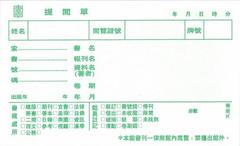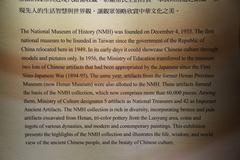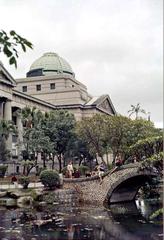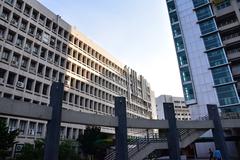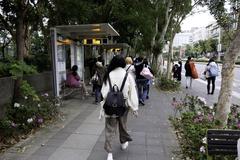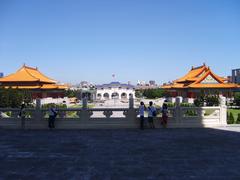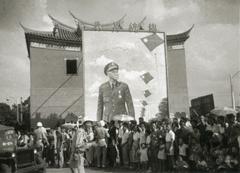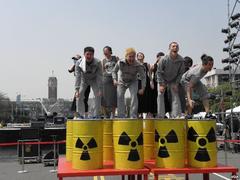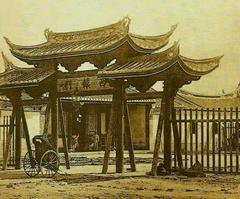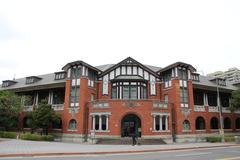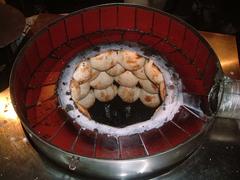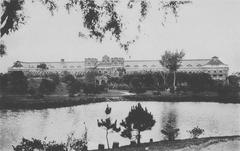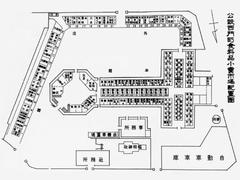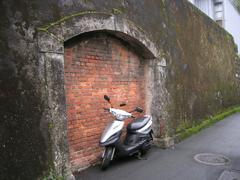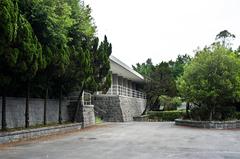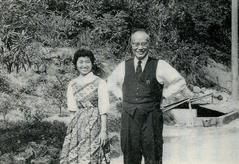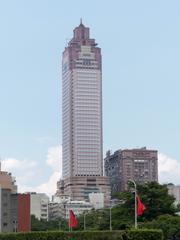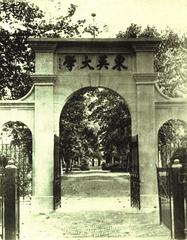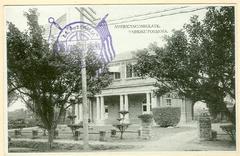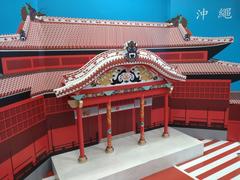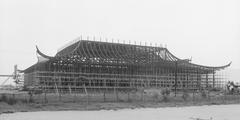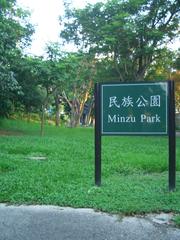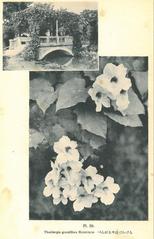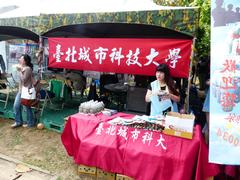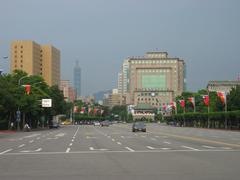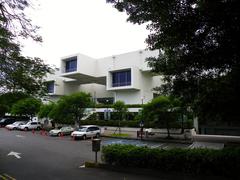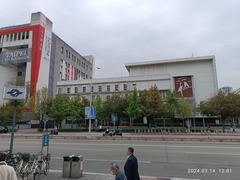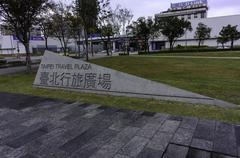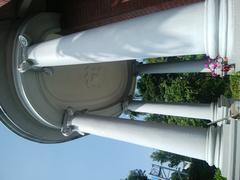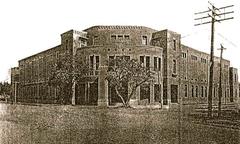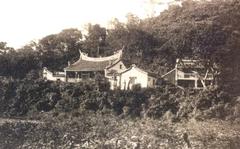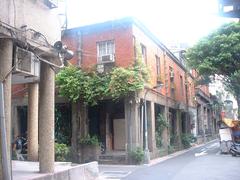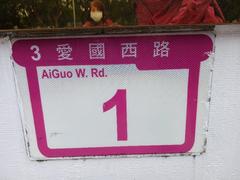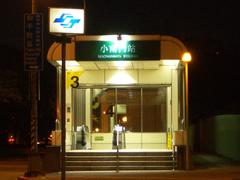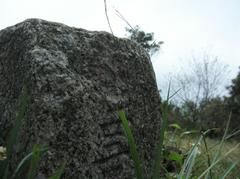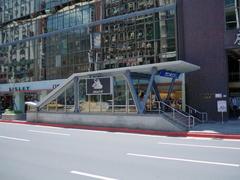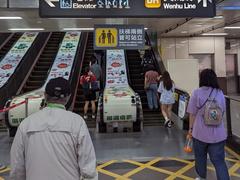Yangmingshan Cemetery Visiting Hours, Tickets, and Travel Guide in Taipei, Taiwan
Date: 04/07/2025
Introduction
Yangmingshan Cemetery, set in the lush expanse of Yangmingshan National Park in Taipei, is a site of rich history and cultural resonance. Established in the early 20th century, it reflects the evolution of burial customs in Taiwan, influenced by Qing dynasty traditions, Japanese colonial urban planning, and modern public memorial practices. Today, Yangmingshan Cemetery is not only a resting place for ordinary citizens but also for military heroes, political leaders, and other prominent figures, making it a living testament to Taiwan’s layered historical narrative.
This guide provides detailed information on the cemetery’s history, cultural significance, architectural features, visiting hours, ticketing policies, accessibility, transportation options, and nearby attractions. Whether you are a history enthusiast, cultural explorer, or traveler seeking a tranquil retreat, this article equips you to make the most of your visit to one of Taipei’s most meaningful landmarks. For official updates, consult the Yangmingshan National Park official site and the Taiwan Tourism Administration.
Historical Background
Early Burial Practices and Transition to Public Cemeteries
In the Qing dynasty, burials around Taipei were guided by geomancy (fengshui) and family traditions, with graves scattered across the landscape. As urbanization increased during the Japanese colonial period (1895–1945), authorities introduced regulations to standardize and relocate cemeteries for public health and urban planning purposes. Public cemeteries were mandated to be at least 1,500 meters from major settlements, leading to the development of new burial sites in then-rural areas like Yangmingshan (Taiwan Gazette).
Japanese Colonial Influence
Under Japanese rule, cemetery management became systematic, with boundaries demarcated, record-keeping implemented, and burial practices regulated. Cemeteries were categorized by ethnicity and social status. The Yangmingshan area, then called Tsaoshan, became a preferred location for these new cemeteries due to its isolation and natural setting. The landscape design integrated Japanese aesthetics and orderly layouts, a legacy still visible today (Taiwan Gazette).
Postwar Developments
After WWII and the Nationalist government’s relocation to Taiwan, Yangmingshan retained its significance. The area became a governmental and residential hub, with infrastructure and parks established during the Japanese era. The cemetery’s role expanded to include the commemoration of military and political figures, mirroring Taiwan’s evolving national identity (Yangmingshan National Park Official Site).
Cultural Significance
Yangmingshan Cemetery is a space where traditional rituals, such as those performed during Qingming Festival (Tomb Sweeping Day), reinforce family and communal bonds. The cemetery embodies the city’s respect for ancestors, integrating the values of filial piety and communal remembrance. Graves of both renowned and ordinary individuals highlight the egalitarian ethos of public cemeteries introduced during the Japanese era (Taiwan Gazette).
Architectural Features and Landscape
The cemetery is renowned for its harmonious integration with Yangmingshan’s rolling hills and lush vegetation. Traditional Chinese geomantic principles and Japanese landscape elements shape its design. The orderly layout includes ceremonial plazas, memorial halls, and ancestral shrines. Notable structures include grand gates, commemorative steles, and statues honoring military martyrs and national heroes (Yangmingshan National Park Official Site).
Visiting Yangmingshan Cemetery: Practical Information
Visiting Hours & Admission
- Hours: Open daily from 8:00 AM to 5:00 PM.
- Admission: Free for all visitors.
- Closures: May close during official ceremonies or on select holidays; check the official website before visiting.
Accessibility
- Main paths are paved and gently sloped, suitable for most visitors.
- Some older sections and hilly terrain may be less accessible; visitors with mobility challenges should plan ahead and consult park maps.
Facilities
- Restrooms, shaded seating, and information boards are available.
- The Yangmingshan Visitor Centre provides maps, historical context, and assistance (The Sandy Feet).
Getting There
By Public Transportation
- MRT: Take the Red Line to Jiantan or Shilin Station.
- Bus: Transfer to routes 260, R5, or S15 to Yangmingshan Bus Terminal; from there, take a park shuttle or walk to the cemetery (Guide to Taipei; Blue Canoe Travel; Taiwan Obsessed).
- Shuttle Buses: Internal park shuttles (e.g., Route 108) connect major attractions, including the cemetery.
By Taxi or Car
- Taxis and ride-hailing services are convenient and widely available, taking 30–60 minutes from central Taipei.
- Private cars are allowed, but parking is limited and may be restricted on weekends/holidays (Guide to Taipei).
Integration with Yangmingshan National Park Attractions
Yangmingshan Cemetery is centrally located within the park, making it easy to combine with other attractions:
- Qingtiangang Grassland: Panoramic views and easy trails (Qingtiangang Details).
- Xiaoyoukeng: Volcanic fumaroles and boardwalks (Xiaoyoukeng Info).
- Zhuzihu: Seasonal calla lily fields (March–May).
- Lengshuikeng: Hot spring area with public foot-soaking pools (Lengshuikeng Info).
- Mount Qixing Trail: Hike to Taipei’s highest peak (Mount Qixing Trail).
- Beitou Hot Springs: Historical hot spring district nearby (Beitou Hot Springs).
- Shilin Night Market: Popular culinary destination after a day in the park (Shilin Night Market).
Planning Your Visit
Best Times to Visit
- Spring (Feb–Mar): Cherry blossoms and floral displays.
- Autumn: Silver grass and colorful foliage.
- Weekdays and early mornings are best for avoiding crowds, especially during major festivals.
Visitor Etiquette
- Dress modestly, maintain a quiet demeanor, and respect ongoing ceremonies.
- Photography is generally allowed, but avoid photographing mourners or ceremonies without permission.
What to Bring
- Weather-appropriate clothing (rain gear, layers).
- Comfortable shoes for uneven terrain.
- Water and snacks.
- Traditional offerings (incense, flowers) are welcome.
Frequently Asked Questions (FAQ)
Q: What are the visiting hours?
A: Daily, 8:00 AM to 5:00 PM.
Q: Is there an entry fee?
A: Admission is free.
Q: Is the cemetery accessible for people with disabilities?
A: Main paths are accessible, but some areas can be steep or uneven.
Q: How do I get there by public transport?
A: MRT to Jiantan or Shilin, then bus 260, R5, or S15 to Yangmingshan.
Q: Are guided tours available?
A: Yes, through the Yangmingshan Visitor Center or local cultural organizations.
Visuals
Summary & Tips
Yangmingshan Cemetery stands at the intersection of Taipei’s historical evolution, cultural memory, and natural beauty. Its dignified grounds, shaped by a blend of Qing dynasty traditions and Japanese colonial reforms, offer a tranquil space for remembrance and reflection. Open daily with free admission and excellent public transport access, the cemetery is ideal for those seeking both cultural insight and scenic relaxation.
To maximize your visit:
- Check weather and festival schedules.
- Use public transportation for convenience.
- Combine with visits to park attractions.
For the latest updates, guided tour information, and travel tips, refer to the Taiwan Tourism Administration and the Yangmingshan National Park official website.
References
- Taiwan Gazette: History of Public Cemeteries in Taipei City
- Yangmingshan National Park Official Site
- Taiwan Tourism Administration: Yangmingshan Cemetery
- Guide to Taipei: Yangmingshan National Park
- Taipei City Construction Management Office
- Srabon Trails: Yangmingshan National Park Visitor Info
- Blue Canoe Travel: Yangmingshan Guide
- Taiwan Obsessed: Getting to Yangmingshan
- The Sandy Feet: Yangmingshan National Park Hiking



